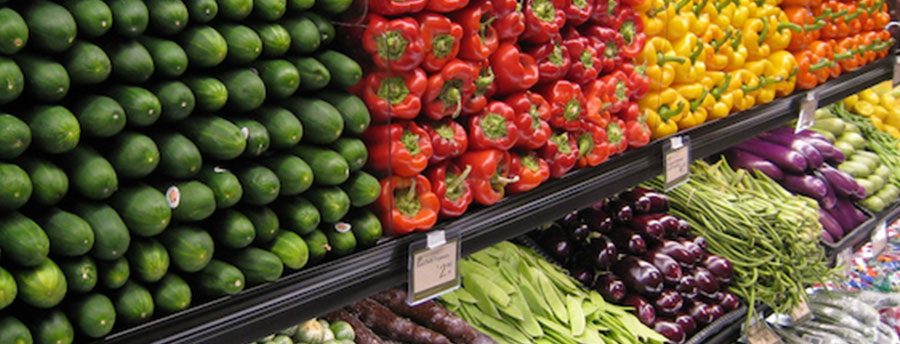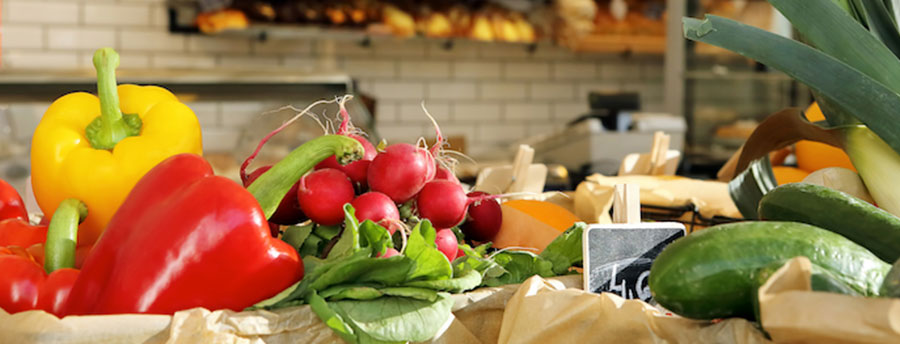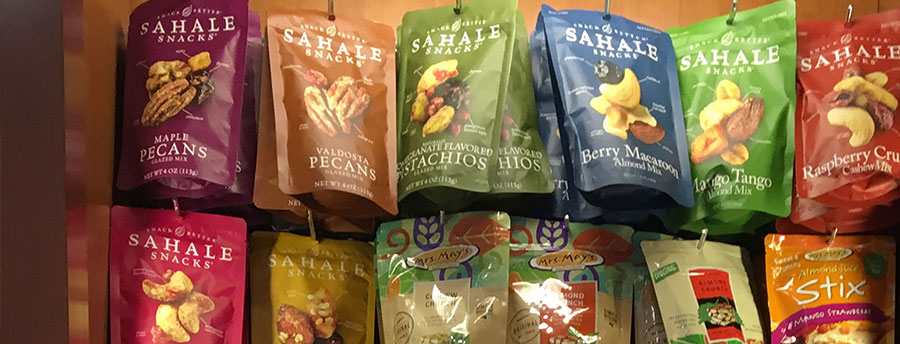In the boot-shaped country swaddled in the Mediterranean, Italy’s claim to fame- their incredible food – has always been ahead of the rest of the world when it comes to high quality ingredients (which is no surprise to healthy food marketers).
Italians spend more than double the percentage of their income on food as compared to the US, which pays off big in increased life expectancy of about 3.37 years longer than Americans.
In Italy, despite the slower pace and hour-long coffee breaks you’ll see in any piazza, the countries’ easy-does-it approach to life does not translate to their approach to food. As the centerfold of their culture, attention to process and commitment to quality almost always leads to high quality brands Italian consumers willingly pay more for.
Continue reading “What US Marketers can learn from the food brands Italy loves”





